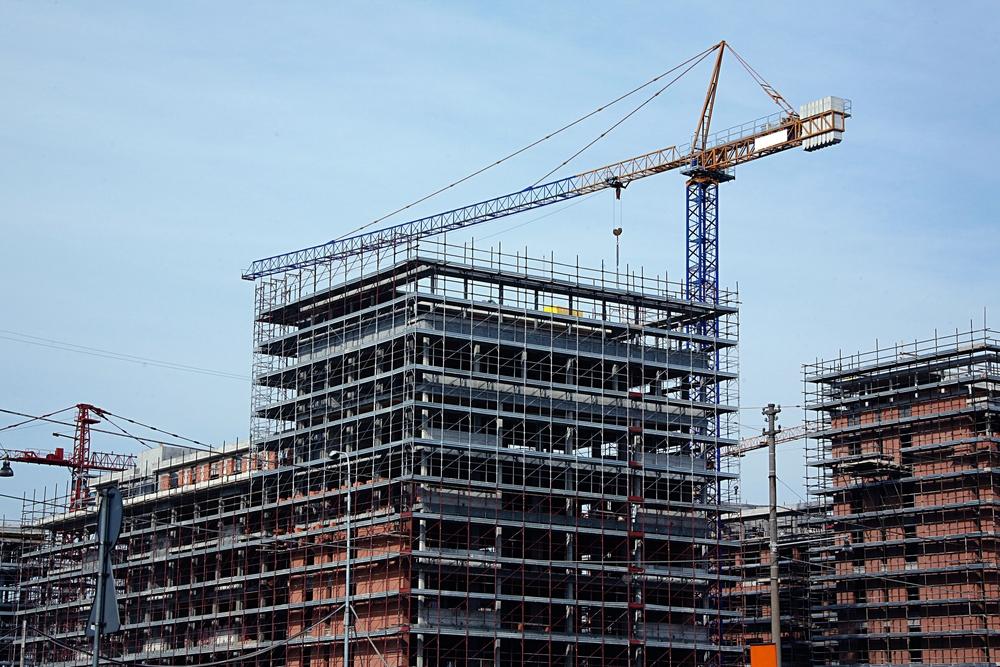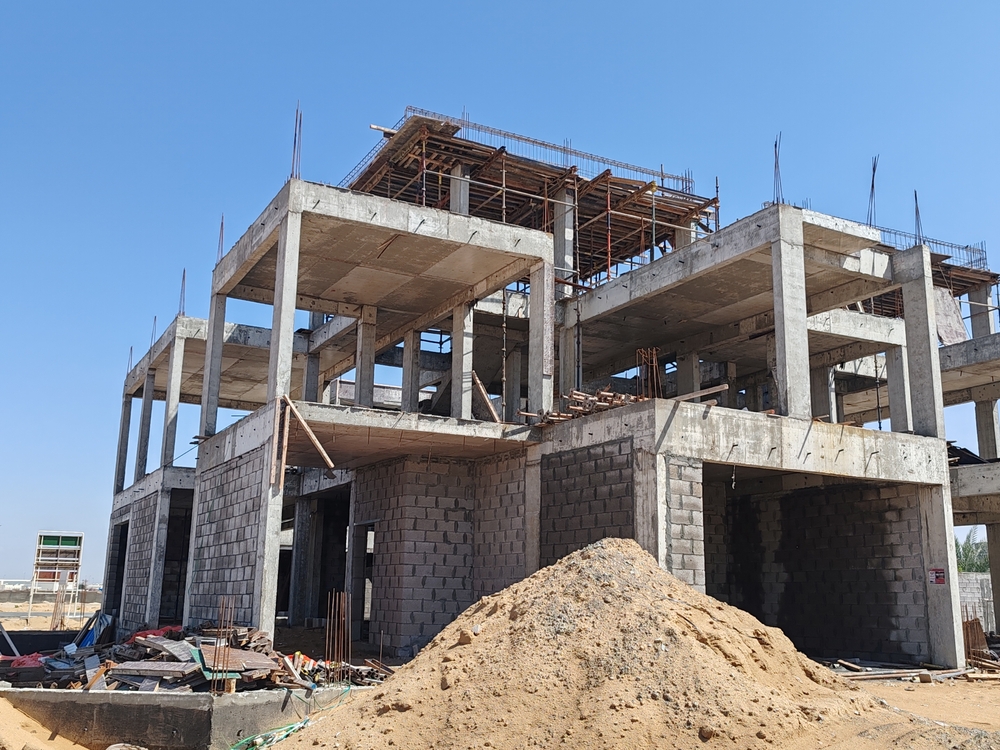The Impact of IoT (Internet of Things) on Construction Projects
The Impact of IoT Internet of Things on Construction Projects

The Internet of Things (IoT) is revolutionizing industries across the globe, and construction is no exception. By leveraging connected devices, sensors, and real-time data analytics, IoT technology is significantly enhancing efficiency, safety, and productivity on construction sites. As the construction industry faces challenges such as labor shortages, project delays, and budget overruns, IoT offers innovative solutions that are reshaping how projects are managed and executed.
Here’s an in-depth look at the impact of IoT on construction projects.
Key Benefits of IoT in Construction
1. Enhanced Project Management
IoT devices provide real-time data and insights that enable project managers to monitor progress, resource utilization, and overall project health.
- Real-Time Monitoring: Sensors embedded in equipment and materials can track their location and usage in real-time, allowing for effective management of resources. Project managers can receive updates on equipment status, material consumption, and labor deployment, ensuring that everything is on track.
- Data-Driven Decisions: The data collected through IoT devices enables better decision-making. Project managers can analyze trends, identify inefficiencies, and make informed adjustments to improve project outcomes.
2. Improved Safety and Risk Management
Safety is a critical concern in construction. IoT technology enhances safety protocols and risk management strategies.
- Wearable Safety Devices: Workers can wear IoT-enabled safety devices that monitor their vitals, environmental conditions, and location. In case of accidents or hazardous situations, alerts can be sent to supervisors, enabling quicker response times.
- Predictive Analytics for Risk Mitigation: By analyzing data from sensors, construction firms can predict potential safety hazards and equipment failures, allowing for proactive measures to mitigate risks before they escalate.
3. Increased Efficiency and Productivity
IoT streamlines construction processes, helping to increase overall efficiency and productivity on job sites.
- Automated Workflows: IoT devices can automate various tasks, such as inventory management and equipment tracking. This automation reduces manual errors and frees up workers to focus on more complex tasks that require human expertise.
- Optimized Resource Allocation: With real-time data on equipment usage and labor deployment, project managers can allocate resources more effectively, minimizing downtime and ensuring that work progresses smoothly.
4. Better Quality Control
IoT technology contributes to improved quality control throughout the construction process.
- Material Tracking and Monitoring: Sensors can monitor the condition of materials, ensuring that they meet quality standards before they are used in construction. This helps reduce waste and rework, leading to cost savings.
- Continuous Quality Assessment: IoT-enabled devices can continuously assess the quality of work being performed, providing immediate feedback to workers and supervisors. This helps maintain high standards and reduces the likelihood of defects.
5. Cost Savings
The integration of IoT in construction projects can lead to significant cost savings over time.
- Reduced Labor Costs: With automation and real-time monitoring, labor costs can be reduced as tasks are completed more efficiently. The use of IoT can lead to more accurate project estimates and fewer costly overruns.
- Minimized Equipment Downtime: IoT sensors can predict equipment failures before they occur, allowing for preventive maintenance and reducing costly downtime associated with repairs.

6. Sustainability and Environmental Monitoring
IoT technology contributes to more sustainable construction practices by enabling better environmental monitoring and resource management.
- Energy Consumption Monitoring: IoT devices can track energy usage on-site, helping construction teams identify areas where they can reduce energy consumption and minimize their carbon footprint.
- Waste Management: Sensors can monitor waste generation and recycling efforts, providing insights into how to reduce waste and improve sustainability in construction processes.
7. Enhanced Collaboration and Communication
IoT facilitates better communication and collaboration among project stakeholders, improving overall project coordination.
- Centralized Data Access: IoT systems can centralize data from various sources, allowing all stakeholders to access real-time information. This transparency enhances collaboration among architects, engineers, contractors, and clients.
- Mobile Connectivity: Construction teams can access IoT data through mobile devices, enabling on-the-go decision-making and communication, which is especially important in the fast-paced construction environment.
8. Remote Monitoring and Control
IoT technology allows for remote monitoring and control of construction projects, enhancing flexibility and responsiveness.
- Remote Site Management: Project managers can monitor construction sites remotely through IoT-enabled cameras and sensors. This capability allows for real-time oversight without the need to be physically present, saving time and travel costs.
- Equipment Control: Some IoT systems allow for remote control of construction equipment, enabling operators to manage machinery from a distance, which can be particularly useful in hazardous environments.
Challenges of Implementing IoT in Construction
While IoT offers numerous benefits to the construction industry, its implementation also comes with challenges:
- Integration Issues: Integrating IoT technology with existing construction management systems can be complex. Companies may face difficulties in aligning new technologies with current processes and workflows.
- Data Security Concerns: The increased connectivity that comes with IoT raises concerns about data security and privacy. Construction firms must implement robust security measures to protect sensitive information from cyber threats.
- Initial Investment Costs: The upfront costs associated with IoT technology, including hardware, software, and training, can be significant, posing a barrier for some companies, especially smaller firms.
- Workforce Training: The successful adoption of IoT requires training workers to effectively use and manage the technology. This training can be time-consuming and may require ongoing support.
Conclusion
The Internet of Things is transforming construction projects by enhancing efficiency, improving safety, and promoting sustainability. As construction companies increasingly adopt IoT technologies, they are better equipped to meet the challenges of the industry, including labor shortages, budget constraints, and quality assurance.
By leveraging real-time data, automating processes, and enhancing collaboration, IoT is paving the way for a more connected and efficient construction industry. As technology continues to evolve, the potential for IoT to further improve construction practices will only grow, making it an essential component of modern construction management.
External Resources for Legal Guidance
Internet of Things on Construction Projects
Read more related articles to enhance your knowledge and make informed decisions
10 Essential Steps in the Building Construction Process
How to Choose the Right Materials for Your Construction Project








